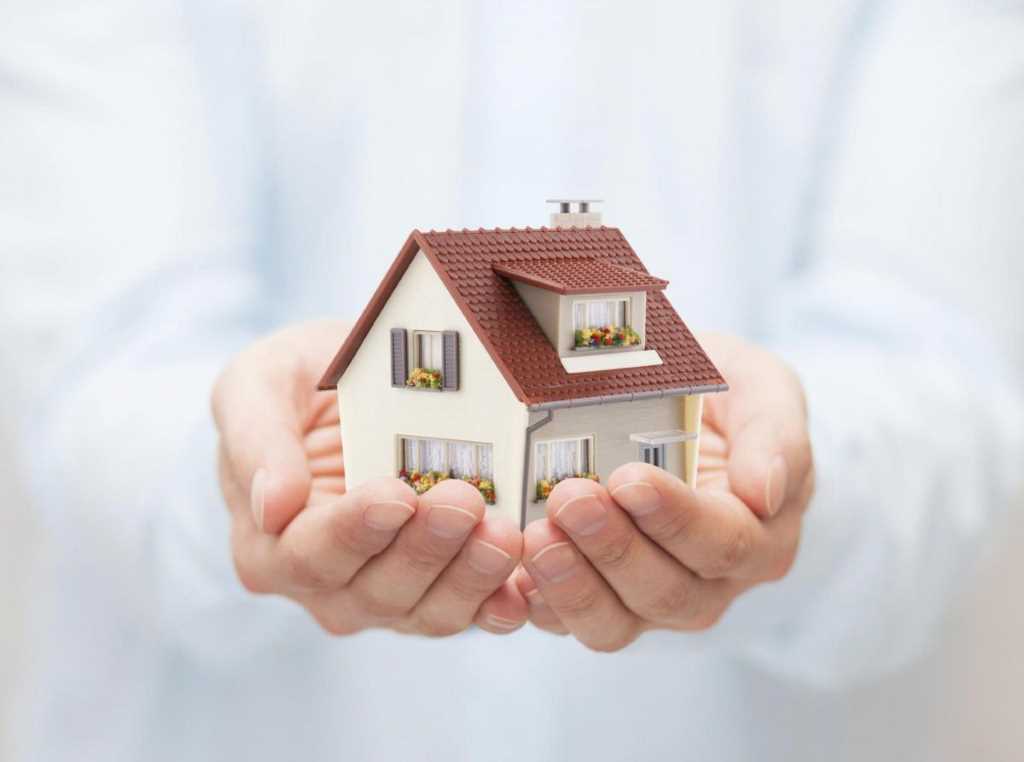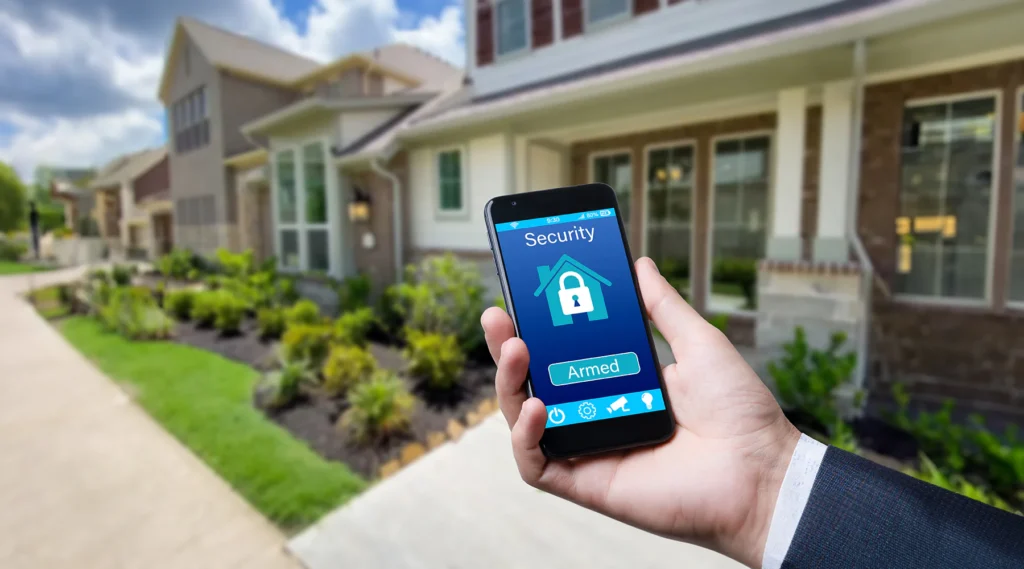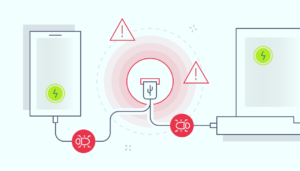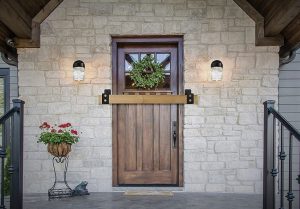
Your home is your sanctuary, right? It’s where you relax, recharge, and create memories. But in today’s world, with crime rates on the rise, it’s easy to feel like your secure home is more of a fortress than a haven. Or maybe it’s a fishbowl, where you feel constantly watched.
Let’s talk about how to strike a balance between safety and comfort.
Understanding Your Fears
Before we dive into solutions, let’s address the elephant in the room: fear. What scares you the most about your home security? Is it burglars? Identity theft? Or something else entirely?
Your fears are valid. But let’s remember, fear can be a powerful motivator. It can drive you to take action and protect what matters most, like choosing the right security system for your home. For instance, comparing options like ADT vs Xfinity home security can help you make an informed decision that aligns with your needs. However, fear can also paralyze you, making you feel helpless.

Creating a Safe Haven
So, how do you turn your home from a potential target into a safe haven? It starts with prevention.
The Basics
- Strong Doors and Locks: This might sound obvious, but it’s the foundation of home security. Invest in solid doors with high-quality locks.
- Window Security: Don’t forget about your windows. Consider adding security film or bars.
- Lighting: Good lighting deters criminals. Install motion sensor lights outside.
Smart Home Technology
Technology has come a long way, and it’s now a powerful tool for home security.
- Security Cameras: These can deter criminals and provide evidence if something happens.
- Smart Locks: Control access to your home with your smartphone.
- Smart Sensors: Detect motion, open doors, and broken windows.
But remember, technology is just a tool. It’s not a replacement for common sense.
Protecting Your Privacy
Feeling like you’re living in a fishbowl? It’s understandable. But there are ways to protect your privacy without sacrificing security.
- Curtains and Blinds: Control natural light and privacy.
- Outdoor Privacy: Consider planting shrubs or trees for a natural barrier.
- Social Media: Be mindful of what you share online. Your home might be more visible than you think.
Building a Safe Neighborhood
Your home is part of a community. A safe neighborhood starts with you.
- Get to Know Your Neighbors: Building relationships with your neighbors can deter crime.
- Community Watch: Participate in neighborhood watch programs.
- Report Suspicious Activity: Don’t hesitate to call the police if you see something suspicious.
Insurance: Your Safety Net
Even with the best precautions, accidents can happen. That’s why home insurance is essential.
- Understand Your Coverage: Review your policy regularly to ensure you’re adequately protected.
- Consider Additional Coverage: Think about things like flood insurance or identity theft protection.
Mental Well-being
Feeling safe and secure is not just about physical protection. It’s also about mental well-being.
- Stress Management: Practice relaxation techniques like meditation or yoga.
- Seek Professional Help: If anxiety is overwhelming, consider talking to a therapist.
Conclusion
Creating a safe and secure home is an ongoing process. It’s about finding the right balance between protection and comfort. Remember, you’re not alone. There are resources available to help you. By taking proactive secure home steps, you can create a home that’s truly your sanctuary.







